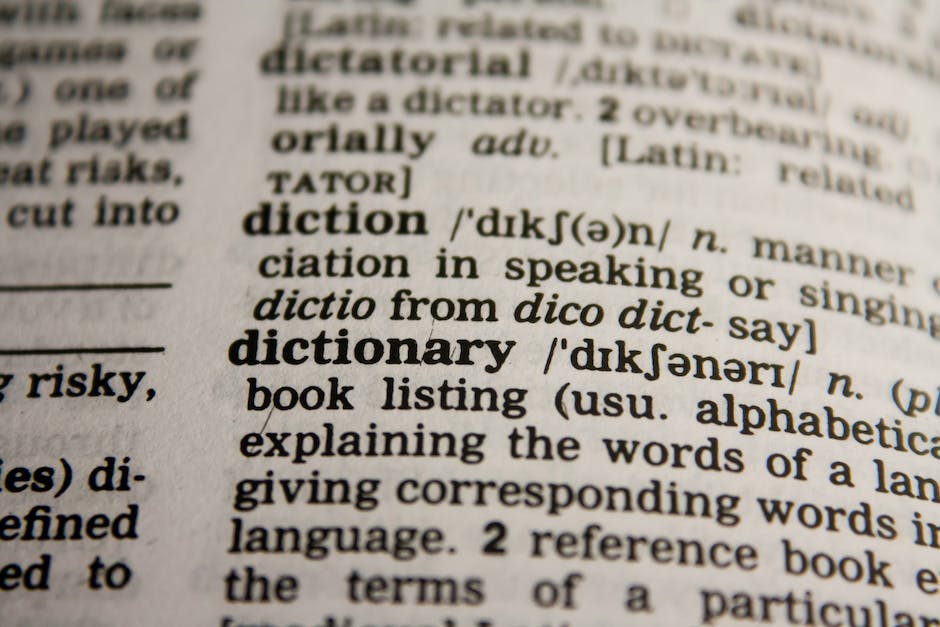Contents
hide
Speaking activities play a pivotal role in language acquisition, particularly for upper-intermediate learners (B2 level), as they aim to refine fluency, accuracy, and confidence in communication. Crafting an effective speaking lesson plan tailored to the needs of upper-intermediate students involves a strategic selection of activities that engage, challenge, and foster meaningful interaction. This article delves into the essence of speaking activities for B2 level learners and presents a comprehensive upper-intermediate lesson plan designed to enrich their linguistic skills.
Understanding B2 Level Proficiency: Upper-intermediate learners at the B2 level possess a solid grasp of grammar and vocabulary, allowing them to express themselves coherently on a wide range of topics. However, they may still encounter challenges in fluency, nuanced expression, and spontaneous conversation. Therefore, speaking activities at this level should aim to bridge the gap between proficiency and fluency while stimulating authentic communication.
Key Components of a Speaking Lesson Plan:
- Warm-Up Activities: Begin the lesson with engaging warm-up exercises to activate prior knowledge and set the tone for communication. This could include discussion questions, short debates, or icebreaker games that encourage interaction and build rapport among students.
- Vocabulary Expansion: Introduce relevant vocabulary and idiomatic expressions related to the theme of the lesson. Encourage students to incorporate these new words into their speaking tasks to enhance lexical diversity and accuracy.
- Structured Dialogues: Provide structured dialogues or role-plays that simulate real-life scenarios. This allows students to practice specific language functions such as giving opinions, making suggestions, or negotiating, thereby improving communicative competence in practical contexts.
- Debates and Discussions: Facilitate debates or group discussions on thought-provoking topics that encourage critical thinking and argumentation. Encourage students to express their opinions, support their arguments with evidence, and respectfully engage with opposing viewpoints.
- Information Gap Activities: Incorporate information gap exercises where students must exchange information to complete a task or solve a problem collaboratively. This fosters active listening skills, promotes comprehension, and encourages students to seek clarification when needed.
- Role-Playing Scenarios: Create role-playing scenarios that reflect real-world situations such as job interviews, negotiations, or social interactions. This enables students to practice pragmatics, intonation, and non-verbal communication while navigating diverse social contexts.
- Feedback and Error Correction: Provide constructive feedback and error correction throughout the lesson to address language inaccuracies and encourage continuous improvement. Encourage students to self-monitor their speech and reflect on areas for development.
Sample Upper-Intermediate Lesson Plan: Title: Exploring Cultural Diversity through Debate Objective: To engage students in a lively debate on cultural diversity and foster critical thinking skills. Duration: 60 minutes
- Warm-Up (10 minutes): Begin with a short video clip or image depicting cultural diversity. Initiate a brief discussion by asking open-ended questions such as:
- What does cultural diversity mean to you?
- How does cultural diversity enrich societies?
- Vocabulary Expansion (5 minutes): Introduce key vocabulary related to cultural diversity, such as multiculturalism, tolerance, and globalization. Provide examples and encourage students to brainstorm synonyms and antonyms.
- Structured Dialogues (15 minutes): Divide the class into pairs or small groups and assign roles for a structured dialogue on cultural stereotypes. Provide prompts such as:
- Discuss a stereotype you have encountered. How does it affect perceptions?
- How can we challenge stereotypes and promote cultural understanding?
- Debate Preparation (15 minutes): Divide the class into two teams and assign each team a stance on a controversial statement related to cultural diversity (e.g., “Cultural assimilation is necessary for social cohesion”). Provide time for teams to brainstorm arguments and evidence to support their position.
- Debate (15 minutes): Facilitate a structured debate where teams present their arguments and rebuttals. Encourage active participation, respectful discourse, and adherence to debate etiquette.
- Reflection and Feedback (5 minutes): Conclude the lesson with a brief reflection session where students share their insights and takeaways from the debate. Provide constructive feedback on language use, argumentation, and critical thinking skills.
